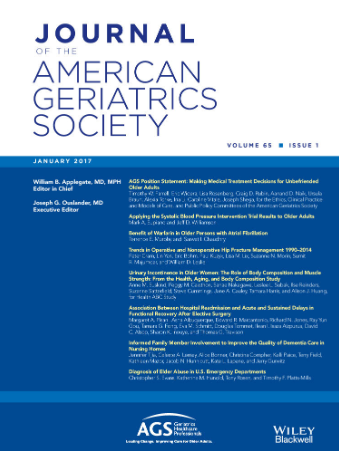Hospice Visits and Perceived Hospice Quality Among Assisted Living Residents
Abstract
Background
Hospice services are widely used by assisted living residents at the end of life, yet concerns exist about the adequacy and quality of hospice care in this setting.
Participants and Setting
This cohort study analyzed Medicare claims data from 51,303 assisted living residents who received hospice care and died in 2018–2019. Data were linked to the Consumer Assessment of Healthcare Providers and Systems (CAHPS) Hospice Survey to evaluate perceived hospice quality.
Methods
The primary exposure was the number of hospice staff visits in the last 3 days of life, categorized as clinical (physicians, nurses) or nonclinical (social workers, hospice aides, chaplains, bereavement counselors). The primary outcome was hospice quality ratings from the CAHPS Hospice Survey. Multivariable regression models were used to examine associations between hospice staff visits and quality ratings, adjusting for resident and hospice characteristics.
Results
Among 51,303 assisted living residents, the average CAHPS rating was 80.83. Increased hospice clinical staff visits were associated with improvements in emotional support (0.04-point increase per visit, p < 0.001), family rating of hospice (0.03-point increase, p < 0.001), willingness to recommend (0.03-point increase, p < 0.001), and feeling respected (0.02-point increase, p < 0.001). Increased nonclinical staff visits had stronger associations, including a 0.14-point increase in emotional support (p = 0.01), a 0.28-point increase in willingness to recommend (p < 0.001), and a 0.18-point increase in average scores (p = 0.01).
Conclusions
Higher frequency of hospice staff visits was associated with better perceived hospice quality. Policies supporting greater hospice staff engagement, including nonclinical staff, may enhance end-of-life care experiences for assisted living residents.





 求助内容:
求助内容: 应助结果提醒方式:
应助结果提醒方式:


